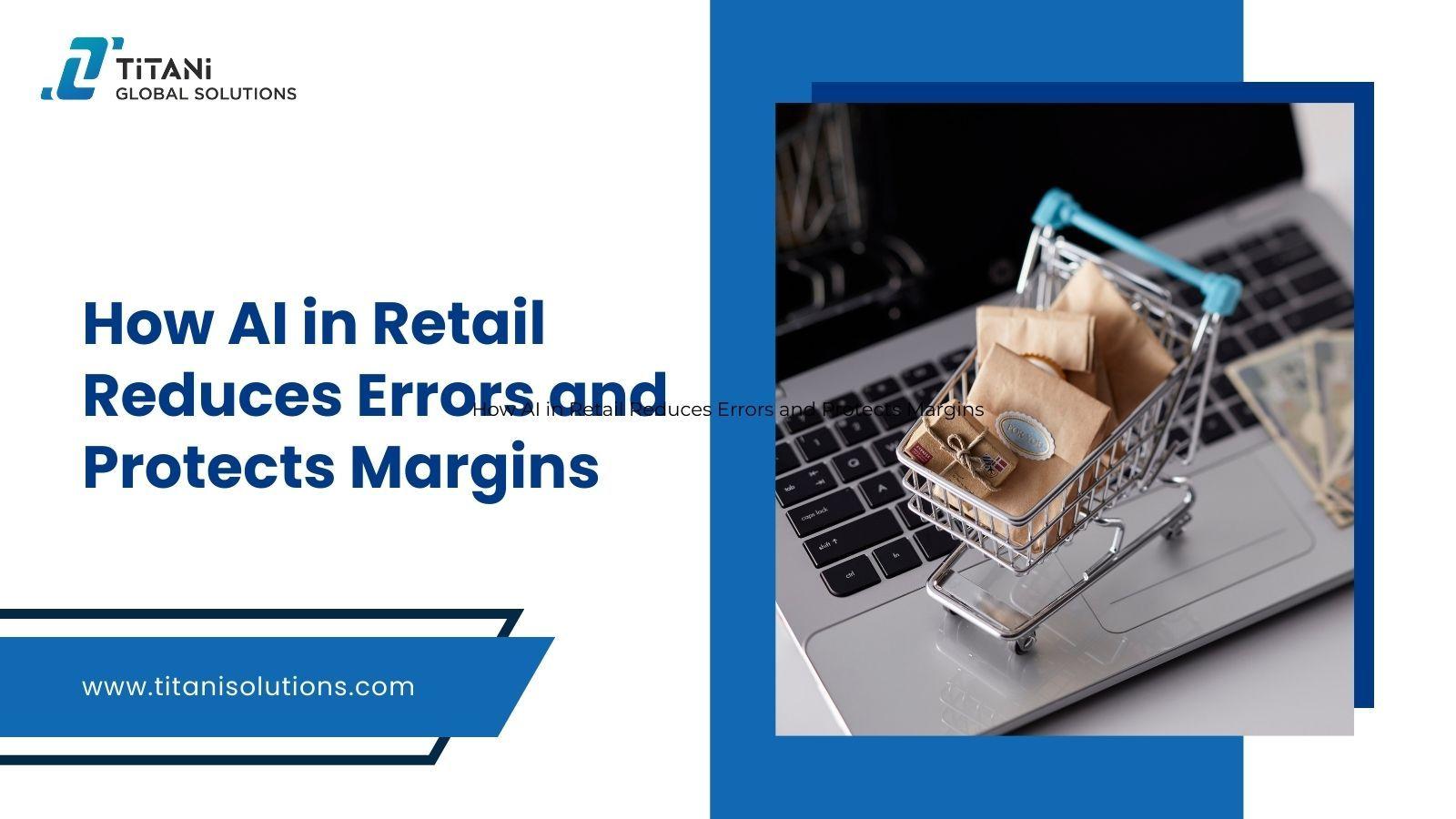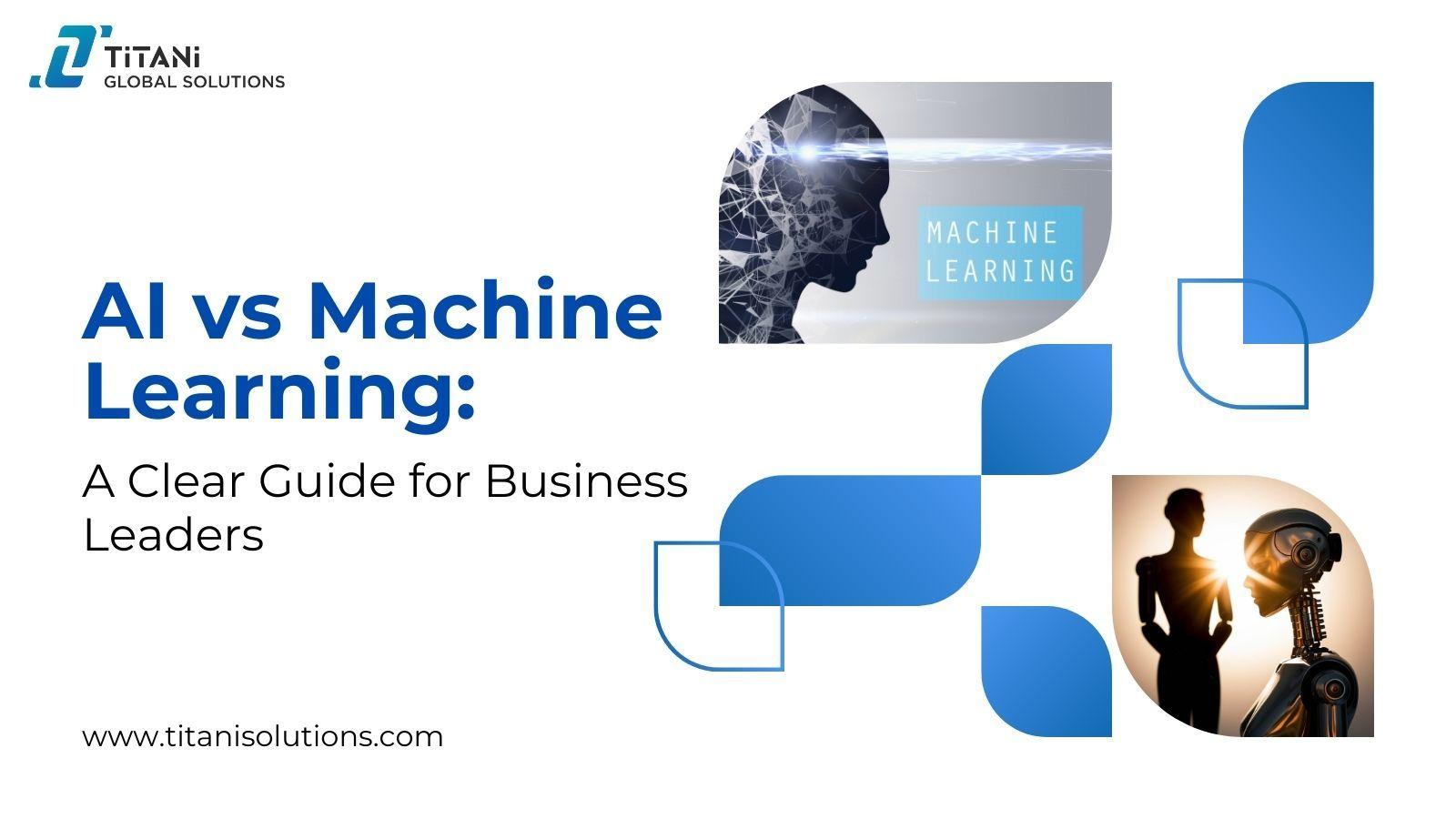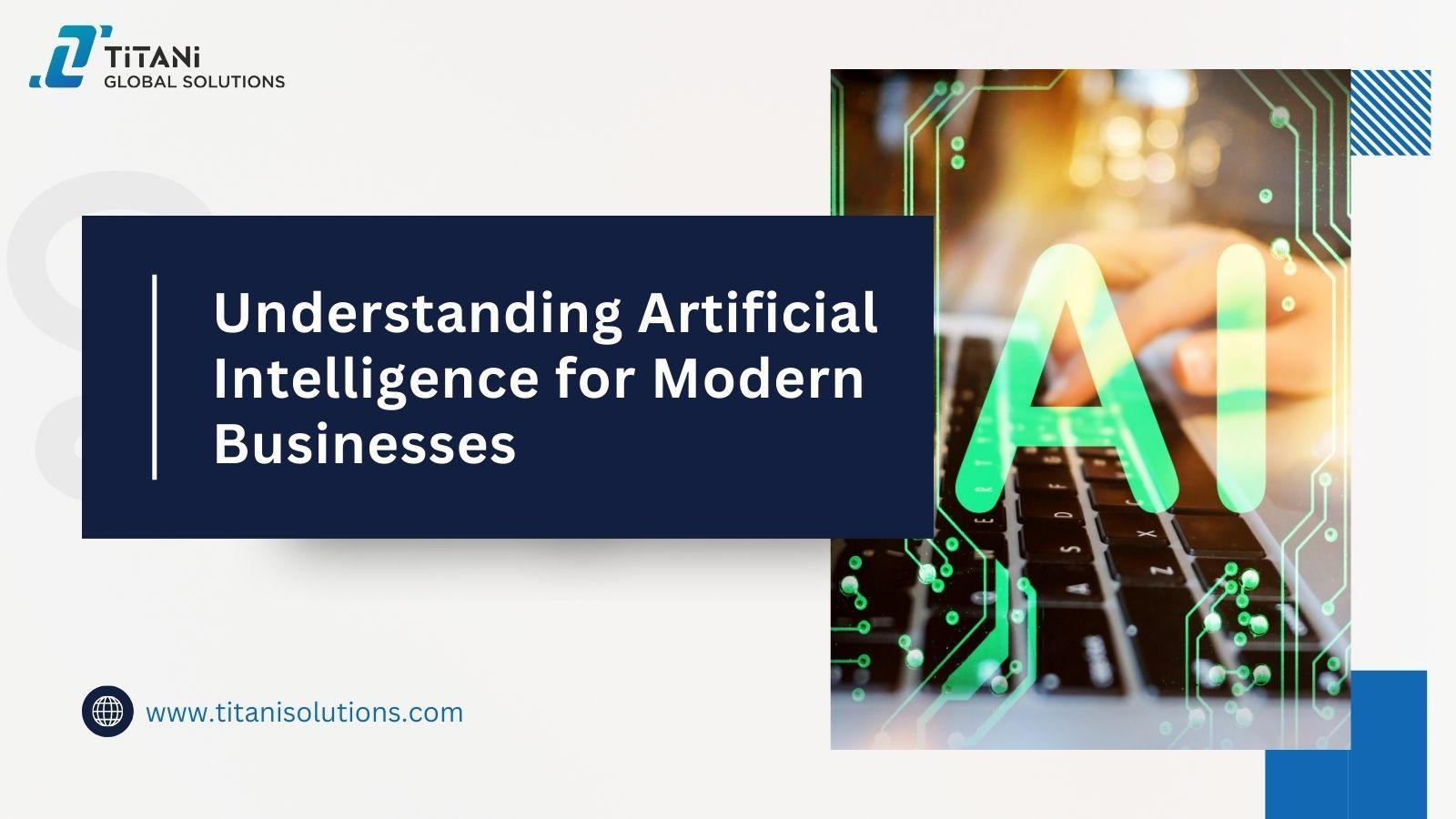Summary for Decision-Makers
Custom software offers flexibility, scalability, and competitive advantage — but too many projects stumble due to avoidable mistakes.
This guide highlights the 7 most common pitfalls: poor planning, underestimated budgets, skipping testing, ignoring long-term maintenance, losing momentum, scope creep, and underestimating third-party integrations.
The takeaway: success isn’t just about coding. It’s about clear planning, disciplined execution, and the right partner. Avoiding these pitfalls can turn your software investment into measurable ROI, faster and with less risk.

Build smarter. Avoid costly errors from day one.
When you build custom software, you choose flexibility, scalability, and a real competitive edge. But getting it right is more than a great idea. Without the right execution, even small missteps—like poor planning or unclear expectations—can lead to delays, wasted budget, and frustration.
At Titani Global Solutions, we’ve helped dozens of enterprises across the UAE and beyond avoid these pitfalls. In this guide, we’ll walk you through the 7 most common mistakes companies make when building custom software—and how to avoid them with strategic planning, clear communication, and the right tech partner.

1.Poor Planning – The Root of All Failures
When a project kicks off without a solid plan, you're already behind. We’ve seen teams skip over the early groundwork—like stakeholder interviews, user journey mapping, or integration assessments—because they’re eager to get started. But without these, you could end up building something that doesn’t fit your actual needs.
If you’re wondering what strong planning looks like, here’s a useful resource: Mastering Resource Planning in Software Engineering.
How We Help: At Titani, we always start by listening. We work with you to understand your business, your users, and your goals, so that everything we build supports what matters most. That way, you’re not reacting to problems later—you’re anticipating them.
Pro Tip: Make space at the beginning for deep discovery and documentation. It’s not overhead. It’s how you build software that actually works.
2. Underestimating the Budget – Why Cost Overruns Happen
It’s easy to get caught up in the excitement of launching something new. But without a full picture of the costs involved, things can spiral fast. We’ve worked with companies who were surprised by expenses they hadn’t planned for—like third-party licenses, complex integrations, or growing infrastructure needs.
To help you stay on track, explore this helpful project budgeting template for software teams.
How We Help: At Titani, we work closely with you to build a budget that’s grounded in reality. We start with a lean MVP that hits your most important goals and leaves room for growth once the core system proves its value. We also help you anticipate costs that often get missed, like post-launch support or future scaling.
Pro Tip: It’s better to scale your investment in phases than stretch your budget too thin. Focus on delivering value early, then grow from there.
3. Skipping Testing – The Fastest Way to Lose Users
We get it—testing can feel like it slows things down when you're racing to meet deadlines. But skipping it is one of the fastest ways to lose trust. If bugs or crashes hit your users, it’s not just your software that takes the hit—it’s your brand.
Still wondering if it's worth the effort? Check out this quick read on why software testing is essential.
How We Help: At Titani, we make testing a built-in part of your process, not a final checkbox. From the first sprint to the last, our QA team works with you to ensure the software performs smoothly, securely, and as expected. We also help define real-world testing scenarios that match how your users actually behave.
Best Practice: Testing isn’t where you cut corners. It’s where you protect everything you’ve built. Give it the time and resources it deserves.
4. Ignoring Long-Term Maintenance – A Costly Oversight
Launching your product isn’t the finish line—it’s just the starting point. We often see teams treat go-live as the end of the journey, but that mindset can lead to serious problems later. If you’re not planning regular maintenance, updates, and optimization, your software will fall behind—or worse, it will become a liability.
If you’re building for the long haul, this resource planning template can help you think ahead.
How We Help: At Titani, we don’t just help you launch—we help you grow. We work with you to map out a realistic post-launch roadmap that includes everything from routine patches to long-term scalability improvements.
Pro Tip: Budgeting for maintenance isn’t extra—it’s essential. A proactive plan today can save you from expensive surprises tomorrow.
5. Losing Momentum – When Projects Stall Midway
A strong start doesn’t guarantee a strong finish. Many software projects kick off with energy and alignment, only to stall due to shifting priorities, absent stakeholders, or unplanned delays. When momentum is lost, costs rise, deadlines slip, and confidence drops.
Even short pauses can derail productivity. Developers need time to reorient; requirements drift, and stakeholders lose visibility into progress. In worst-case scenarios, the entire project risks being abandoned or shelved.
Titani’s Take: Keep Development Cadence Consistent
At Titani, we assign a dedicated project manager to every engagement—someone responsible for maintaining pace, managing timelines, and ensuring all parties remain aligned.
We use structured sprints, transparent reporting, and milestone-driven roadmaps to prevent slowdowns. Our agile process ensures that even when priorities shift, the project doesn’t lose direction.
Consistency is critical. A steady, disciplined delivery process leads to better quality, lower costs, and faster value realization.
6. Scope Creep – When “One More Feature” Breaks the Plan
In custom software projects, flexibility is a strength, but also a risk. It’s common for teams to add “just one more feature” as development progresses. Over time, these small additions grow into major changes, stretching timelines, inflating budgets, and complicating the user experience.
Scope creep usually stems from unclear priorities or a lack of a structured change control process. Without firm guardrails, teams may chase every new idea, losing focus on delivering a usable product.
Titani’s Take: Align on Scope, Enforce Discipline
At Titani, we help clients define a Minimum Viable Product (MVP) early on and use it as a guiding framework. Any new requests are evaluated against the original scope, business goals, and resource constraints before being approved.
We also conduct periodic scope reviews with stakeholders to realign expectations, prevent overbuilding, and ensure the team stays focused on delivering what matters most.
The key is knowing when to say no. Building everything at once rarely leads to better results—phased development with user feedback leads to smarter growth.
7. Overlooking Third-Party Integration Challenges
Most modern software systems are not built in isolation. They need to connect with CRMs, ERPs, payment gateways, analytics tools, or specialized industry platforms. But many projects underestimate the complexity of these integrations until it’s too late.
Integrating with third-party tools involves more than APIs. You must account for data formats, uptime reliability, version compatibility, rate limits, and evolving vendor policies. Failure to plan for these dependencies can lead to delays, broken workflows, or critical system failures.
Titani’s Take: Assess Integration Risks Upfront
At Titani, every custom software engagement begins with a technical feasibility assessment, including integration mapping. We evaluate the APIs, sandbox environments, licensing terms, and performance impact of any external system involved.
When needed, we build custom middleware or buffering layers to ensure seamless, scalable communication between platforms. Our goal is to reduce fragility and build software that integrates smoothly, now and in the future.
Strong software doesn't just run well on its own—it works reliably with everything around it.
Final Thoughts: Build with Clarity, Deliver with Confidence
Custom software development can unlock powerful advantages—process automation, customer personalization, and long-term scalability. But it also comes with risks that too many businesses underestimate.
From our experience at Titani, the difference between failure and success often lies in how well-prepared the organization is, not just technically, but strategically. Poor planning, scope drift, or lack of documentation can quietly erode your ROI. Meanwhile, a disciplined, metrics-driven approach turns ideas into outcomes.
That’s why we go beyond code. We provide structure, foresight, and clear communication for every project. This way, you are not just building software; you are creating value.
Looking for a partner who understands both the business and technical side of custom software? Let’s talk about how Titani can help you move faster, scale smarter, and stay in control from concept to deployment—and beyond. [Contact us today] to get started with a smarter approach to software development.



